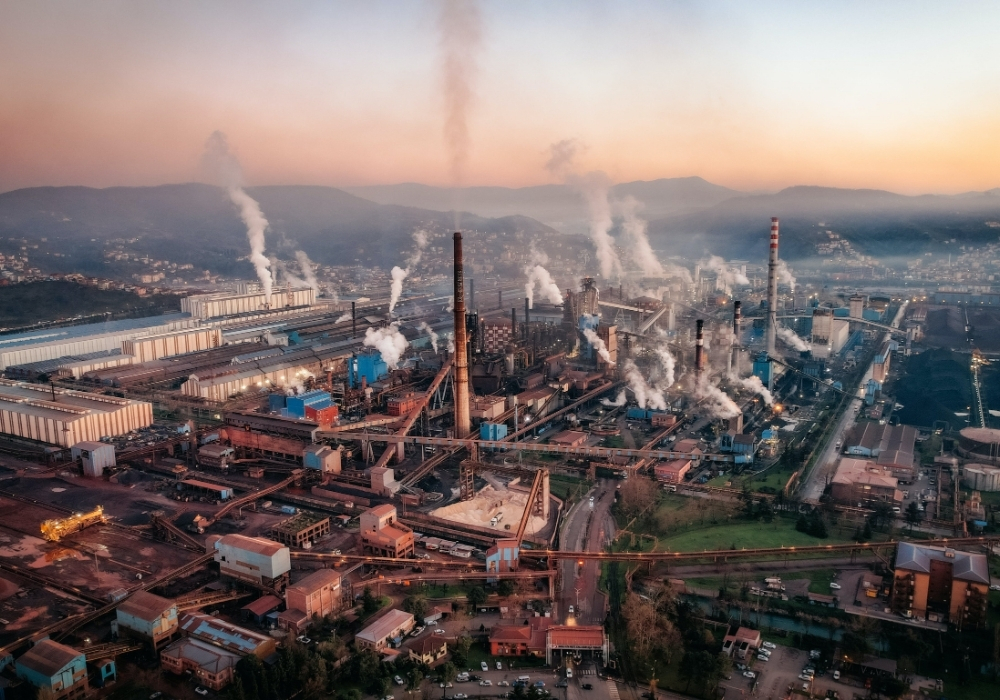In my previous article, I explained how the European Union’s Carbon Border Adjustment Mechanism (CBAM) is changing global trade for aluminium. Let’s now look at why aluminium will face one of the toughest tests and what exporters actually need to measure.
Aluminium is a power-hungry metal. Nearly two-thirds of its total carbon footprint comes from the electricity used in smelting and casting.
Add emissions from raw materials and transport and the result is a product that carries a heavy “carbon weight.” Under CBAM, this carbon weight now matters as much as the metal itself.
CBAM is already active. Since October 2023, exporters sending aluminium to the EU must file quarterly reports showing the greenhouse-gas emissions linked to each shipment.
This reporting phase will continue until the end of December 2025. Starting January 2026, importers will also have to buy CBAM certificates that reflect the carbon content of each product.
Image used for representational purpose
In other words, the cost of emissions will start showing up directly on invoices. When filing reports, companies need to include:
- Direct emissions: Pollution released inside the plant from furnaces, fuel use or chemical reactions.
- Indirect emissions: Those coming from the electricity used to power equipment and presses.
Many plants still depend on mixed-grid or coal-based power and lack verified data. Without solid numbers, their aluminium could be tagged as “high-carbon,” making exports less competitive.
The good news is that the solution lies in better tracking. Installing energy meters, sourcing renewable power and using simple digital tools to record data can help plants cut emissions and prove it.
CBAM is not only a European rule. It’s a sign of where world trade is heading: toward cleaner, traceable production.
The winners will be the producers who can show, with data, that their aluminium is truly low-carbon.
In the next column, we’ll see how companies can turn CBAM readiness into a strategic advantage by using technology, transparency and partnerships to grow business instead of just meeting compliance.
CBAM Reporting Essentials for Aluminium Exporters
| Parameter | Description | Who Reports |
| Direct Emissions | Pollution from furnaces, melting, casting and fuel use within the plant. | Producer / Exporter |
| Indirect Emissions | Emissions from purchased electricity or heat used in production. | Producer / Exporter |
| Verification Data | Data verified by third parties on energy use and carbon intensity, as per EU standards. | Producer |
| Reporting Frequency | Quarterly reports until Dec 2025; CBAM certificates required from Jan 2026. | Importer & Producer |
| Emission Factors | Standardised carbon values applied per tonne of aluminium produced. | Producer |


